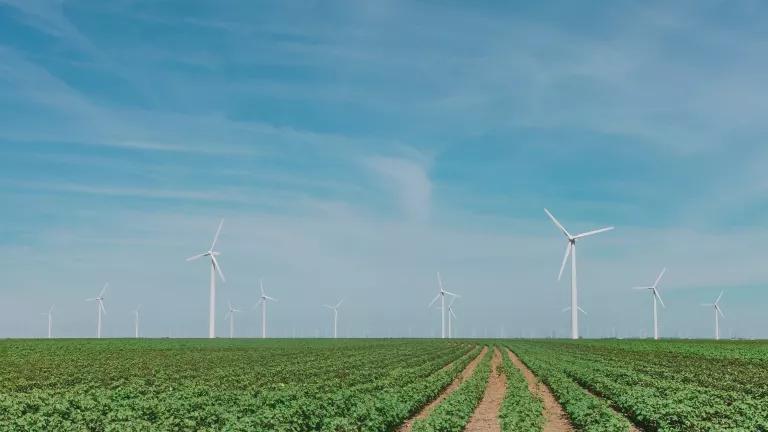The magazine famous for showcasing the natural wonders of the world for generations is now helping to preserve them in its own pages.
Today, NRDC and Green America announced that the National Geographic Society has begun incorporating recycled fiber into all the pages of their flagship publication, National Geographic Magazine, as well as in National Geographic Kids and National Geographic Little Kids, following collaboration with the environmental groups to reduce their environmental footprint. As National Geographic Magazine alone has a circulation of over four million print copies each month, this move by NGS represents a significant increase in demand for magazine paper with recycled content.
In 2011, NRDC joined a small stakeholder group convened by the National Geographic Society to analyze opportunities for them to incorporate more recycled content paper into their magazines (they had previously used some recycled content in their magazine covers and inserts). As part of this process, NGS hired a consultant, Environ, to complete a life cycle analysis on magazine papers, with the aim of determining whether recycled fiber is a better environmental option for magazine papers than virgin fiber (previously unused fiber derived directly from trees or other plants).
The results of the study, released in 2013, showed what NRDC had expressed: that recycled fiber is unequivocally the better environmental choice for magazine papers in 14 out of 14 impact categories studied. Numerous other LCAs and studies have shown similar results for other paper grades.
Recycled content should always be the primary attribute sought in paper purchases. Making paper from paper, instead of from trees, helps save energy, reduces global warming pollution, saves forests, conserves water, reduces emission of toxic air pollutants, supports municipal recycling collection programs, and diverts usable materials from incinerators and landfills.
Since the NGS analysis was completed, NRDC has continued to coordinate with Green America to work with NGS to encourage them to incorporate more recycled fiber into their publications.
Now, National Geographic is initially piloting magazine paper containing 5 percent postconsumer recycled fiber in its iconic pages. It is also helping to clarify the benefits of recycled fiber in the company’s sustainability goals.
Five percent may not sound like a lot, but testing this level of postconsumer recycled content in the particular coated paper stock that NGS uses is an important first step. And the magazine intends to continue testing the viability of papers with increased recycled content for future issues—something NRDC and Green America will continue to work with them on.
For all purchasers, when buying paper products, first look for the highest percentage of postconsumer content available (30%-100% for printing and writing papers, and 40%-100% for most tissue products), and then prioritize other environmental paper features as outlined in the Environmental Paper Network’s Paper Steps and the newly-released Global Paper Vision. The Environmental Paper Network’s factsheet on recycled paper helps address some of the myths about recycled fiber, and explains why recycled paper is the better environmental choice, even for higher grade papers. For more information on the environmental impacts associated with papermaking and on the Global Paper Vision, see this excellent blog by my colleague Dr. Allen Hershkowitz.
With this latest move, National Geographic is sending a strong signal to the industry that we hope others will follow. Of the more than 15,000 U.S. magazine titles, only about 3 percent are regularly using recycled paper, according to the Green America Better Paper Project. By incorporating more recycled fiber into such a prestigious publication, the National Geographic Society is demonstrating that the industry can reduce their environmental footprint without sacrificing quality. And they’re joining a growing group that can help ensure the world’s forests can continue to appear on the pages of their magazines—instead of in them—for years to come.




